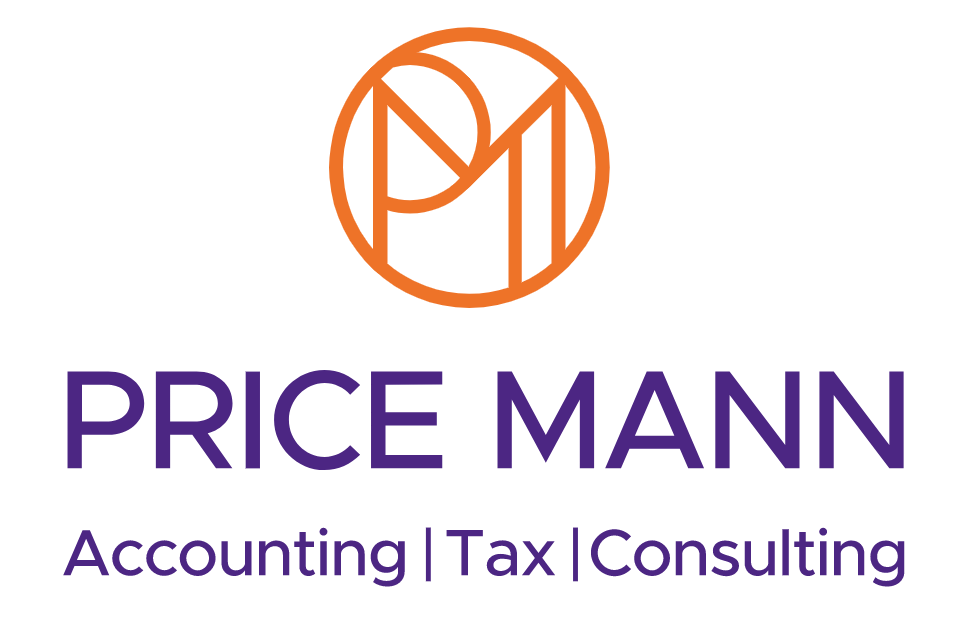Personal tax planning in 2021/22
| Band | 2021/22 | Rate |
|---|---|---|
| Personal allowance | Up to £12,570 | 0% |
| Basic-rate | Over £12,570 to £50,270 | 20% |
| Higher-rate* | Over £50,270 to £150,000 | 40% |
| Basic-rate | Over £12,570 to £50,270 | 20% |
| Additional-rate* | Above £150,000 | 45% |
*The personal allowance is reduced by £1 for every £2 of income from £100,000 to £125,140.
The UK-wide personal allowance, along with all income tax thresholds in England, Northern Ireland and Wales, has been frozen by Chancellor Rishi Sunak until April 2026.
The income tax rates will also remain in place until the scheduled end of Parliament in 2024 in line with a Conservative manifesto pledge from 2019, which Sunak reiterated in last month’s Spring Budget.
Freezing these thresholds and tax rates amounts to stealth tax grab, which will inevitably push many taxpayers into a higher tax bracket over the next five years, resulting in them paying considerably more income tax.
Income tax bands & rates – Scotland
| Band | 2021/22 | Rate |
|---|---|---|
| Personal allowance | Up to £12,570 | 0% |
| Starter-rate | Over £12,570 to 14,667 | 19% |
| Basic-rate | Over £14,667 to £25,296 | 20% |
| Intermediate-rate | Over £25,296 to £43,662 | 21% |
| Higher-rate* | Over £43,662 to £150,000 | 41% |
| Top-rate* | Above £150,000 | 46% |
*The personal allowance is reduced by £1 for every £2 of income from £100,000 to £125,140.
Dividends
The dividends allowance remains at £2,000 for 2021/22, for the third year in a row.
Factoring in the slight increase to the personal allowance in 2021/22, the maximum tax-free income you can receive through dividends is £14,570.
Above that threshold dividends falling in the basic-rate band continue to pay tax at 7.5%, in the higher-rate band at 32.5% and dividends that fall within the additional-rate band will be taxed at 38.1%.
Capital gains tax
If you have any chargeable assets that you plan to sell and are worth more than you paid for them, your gain could be liable to capital gains tax.
Assets that are sold in 2021/22 for more than £12,300 will be liable for capital gains tax.
The rate of tax paid will depend on the type of asset sold and which marginal rate of income tax you pay, with different rates applying to basic-rate taxpayers and those in higher or additional-rate bands.
That is unless the asset is held in trust, in which case capital gains tax kicks in at 28% on gains from residential property or 20% for gains from other chargeable assets worth more than £6,150.
The lifetime limit for gains falling within business asset disposal relief, which reduces the capital gains tax rate to a flat 10%, remains at £1m for 2021/22.
Pensions & savings
Lifetime allowance
Usually, the pensions lifetime allowance increases in line with that all-important CPI rate of inflation from the previous September. But for 2021/22 until April 2026, the lifetime allowance stays at £1,073,100.
This might not sound like a big deal for many people who may not ever get close to reaching this limit on the total amount of pension benefit that can be drawn from a pension pot, either as a lump sum or retirement income.
But potentially vast numbers of pension savers face being hit with a 55% tax charge if they withdraw anything above this limit as a lump sum over the next five years. If taken as income, a 25% tax charge awaits.
Those who have already started taking retirement income, and people who are in the final stages of their retirement savings strategy, need to be aware of this lifetime allowance and factor it into their planning.
The most you can save into your pension pot in 2021/22 – otherwise known as the annual pensions allowance – remains £40,000, although personal circumstances can mean the actual allowance is lower for a particular individual. You can contribute more by utlising any unused allowance from the previous three tax years.
ISAs
ISAs remain tax-free up to an annual subscription value of £20,000, whether the income is from interest or investments.
Types of ISA include cash, stocks and shares, innovative finance ISAs, lifetime ISAs, and junior ISAs for under-18s.
You can opt to put all your savings in one type of ISA, or you could split them across several items.
Bear in mind, the lifetime ISA (£4,000) and junior ISA (£9,000), have maximum annual contribution limits and the help-to-buy ISA is closed to new applicants.
In the family
Inheritance tax
It’s very much as business as usual with inheritance tax in 2021/22.
Estates worth less than £325,000 will be tax-free, while the flat-rate of inheritance tax above this threshold remains at 40%.
The final increase to the residence nil-rate band took place in 2020/21, making it possible to protect a further £175,000 when passing on the family home to direct descendants, such as children or grandchildren.
Beyond 2020/21, future increases to the so-called family home allowance are due to be determined by the September CPI figure. The inheritance tax thresholds, however, are to be maintained at their existing levels until April 2026.
The Treasury expects to net an extra £985m in inheritance tax receipts over the next five years as more estates become liable for the levy.
For married couples, providing the first person dies and leaves all of their assets to the spouse, it’s possible for the surviving spouse to double their nil-rate band to £650,000, rising to £1m when taking into account the residence nil-rate band.
Marriage allowance
If you earn less than your spouse or civil partner, you can continue to transfer £1,260 of your personal allowance to them in 2021/22 by using the marriage allowance.
The marriage allowance is only available if one spouse or civil partner earns less than the personal allowance, and the other is a basic-rate taxpayer.
Talk to us about your personal finances













